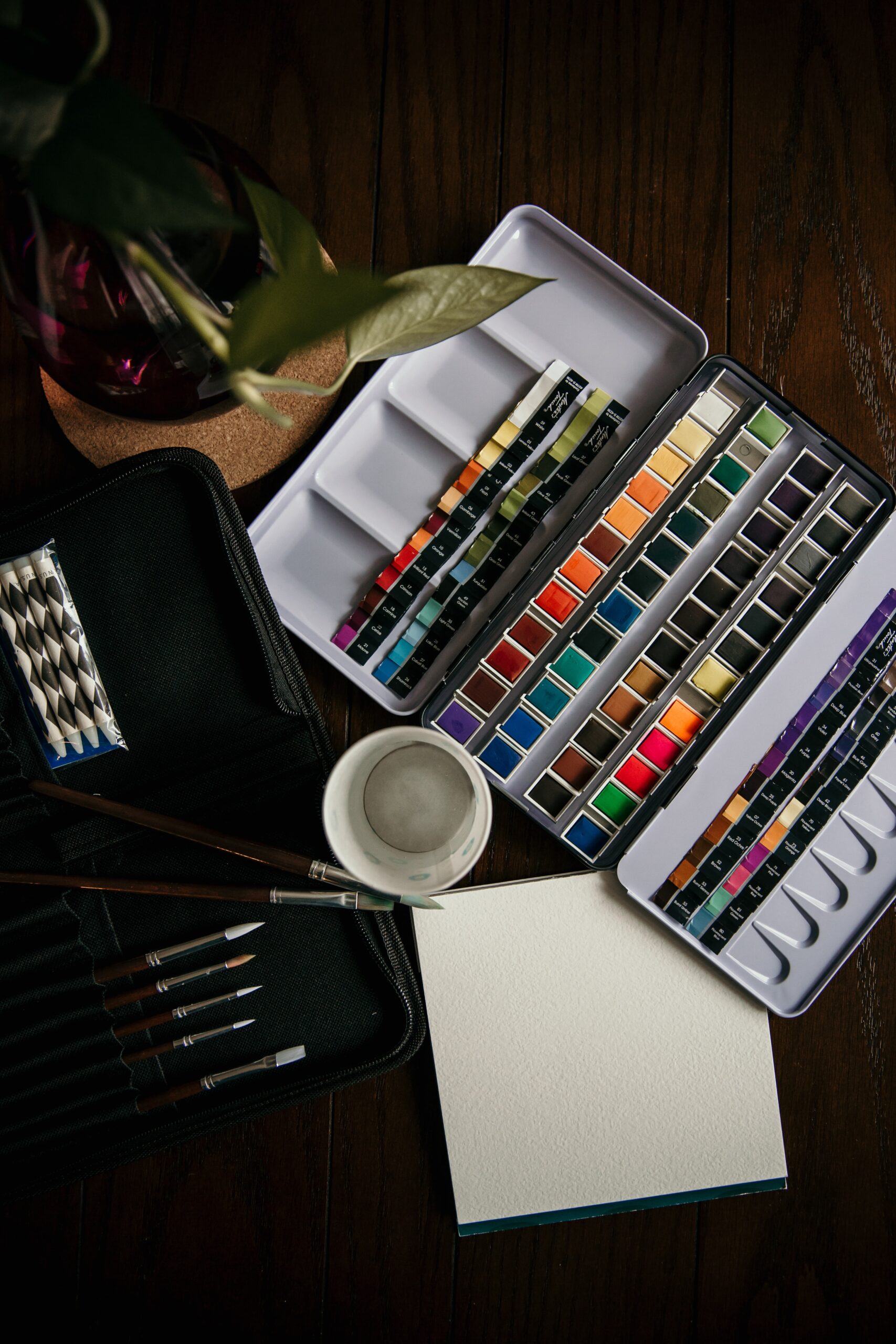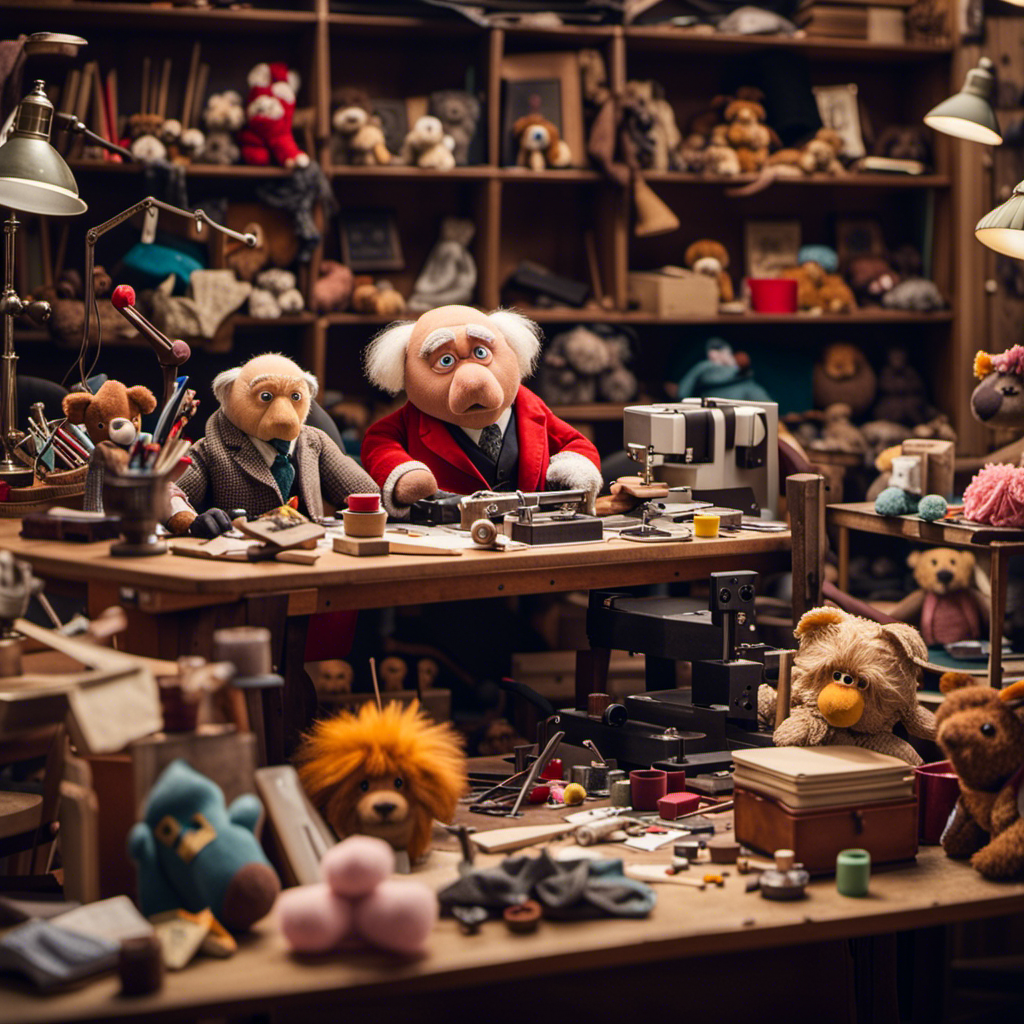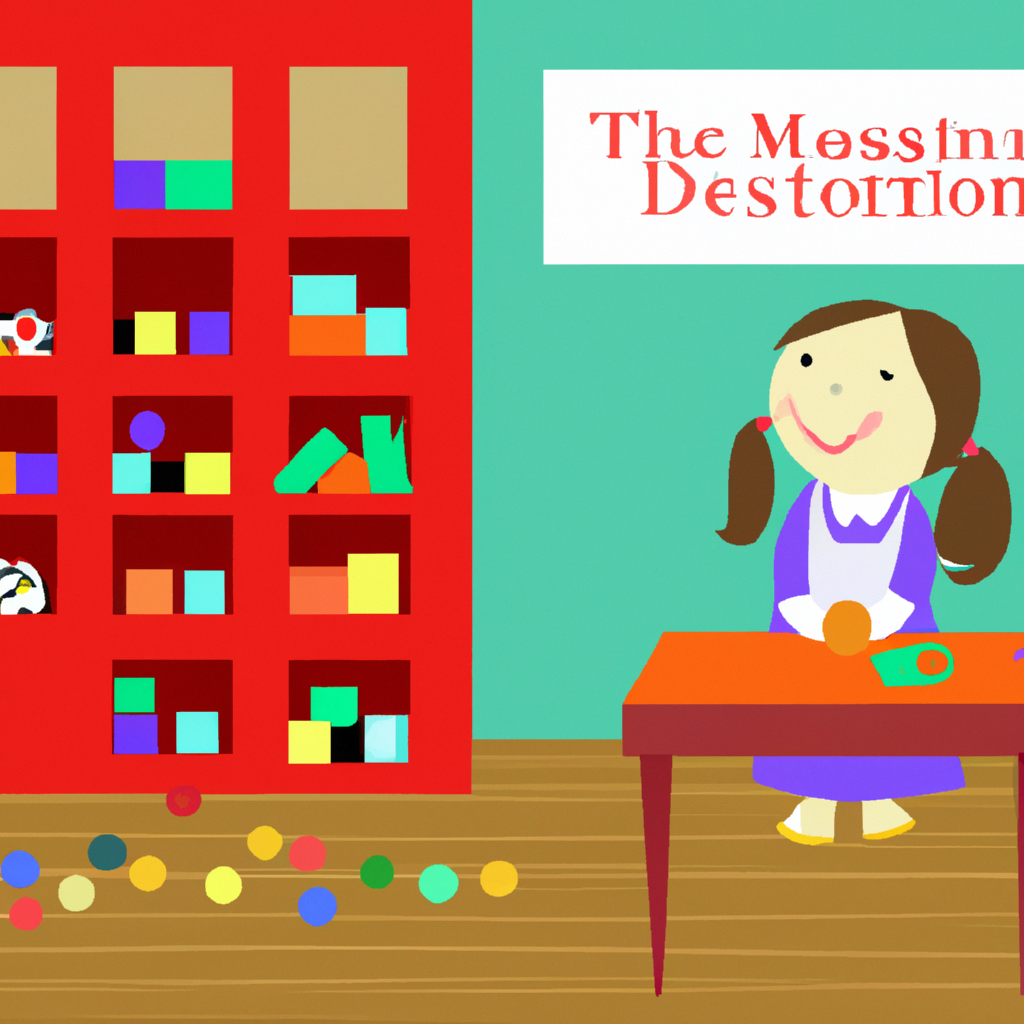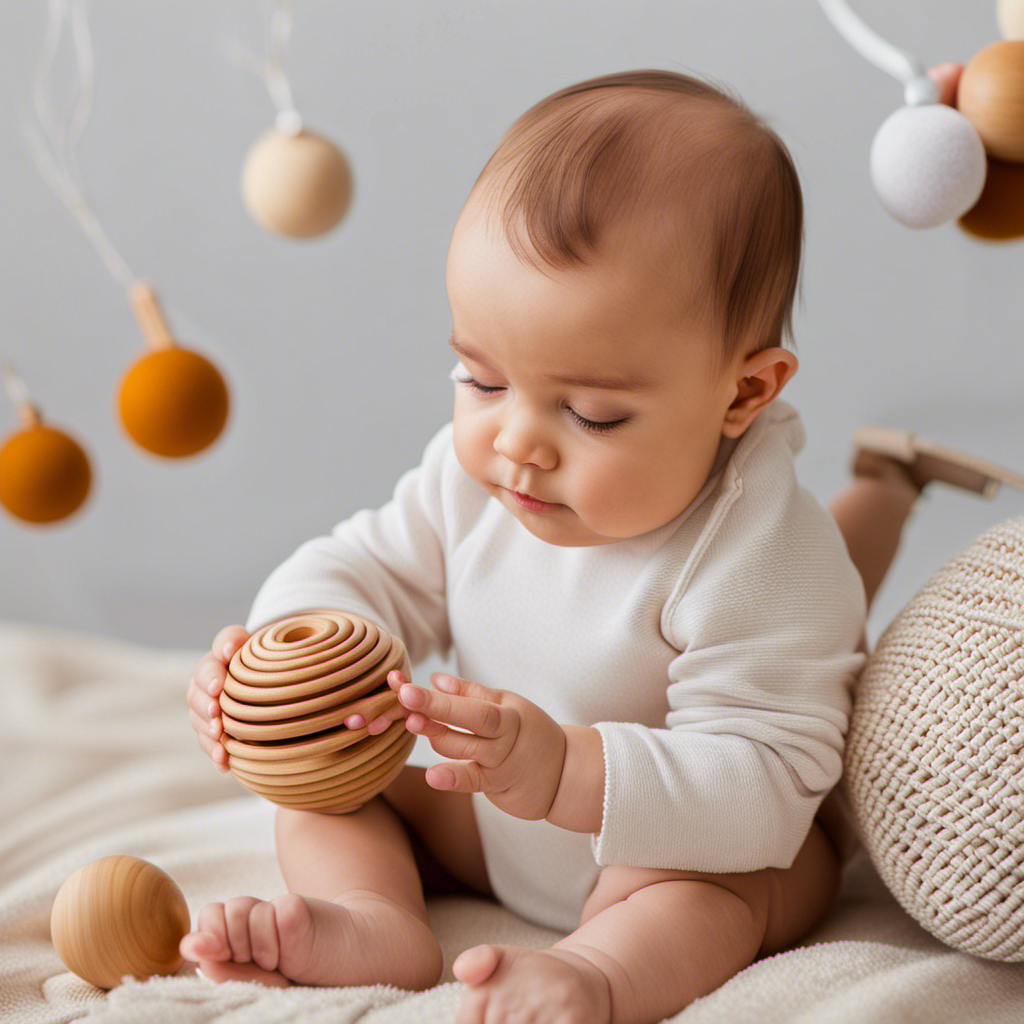As a parent, I am always searching for ways to make bath time both enjoyable and educational for my child. That’s why I am excited to discover Montessori bath toys.
These simple yet purposeful toys are designed to nurture curiosity and independence in the tub. From pouring cups to floating toys, they promote motor skill refinement and sensory play.
In this article, we’ll explore the benefits of Montessori bath toys, how to incorporate them into bath time, the different types available, and safety tips.
Let’s make bath time a time for learning and independence!
Key Takeaways
- Montessori bath toys are designed to be simple, open-ended, and purposeful, nurturing a child’s curiosity and independence in the tub.
- These toys encourage experimentation, motor skill refinement, and sensory play, and popular options include pouring cups, squirt toys, scoops, floating toys, and bath crayons.
- Montessori bath toys allow children to play at their own pace, promoting fine motor skill development, concentration, problem-solving skills, and introducing early math and science concepts.
- Incorporating Montessori bath toys into bath time can enhance fine motor control, problem-solving skills, concentration, and focus, while also sparking curiosity, creativity, and sensory exploration.
The Benefits of Montessori Bath Toys
I really enjoy using Montessori bath toys because they develop fine motor control, improve concentration, and introduce early STEM concepts.
Montessori bath toys, such as pouring cups, squirt toys, and floating toys, are designed to be simple, open-ended, and purposeful. They nurture a child’s curiosity and independence in the tub, encouraging experimentation, motor skill refinement, and sensory play.
These toys allow children to play at their own pace, promoting fine motor skill development and building concentration and problem-solving skills. They also provide open-ended play opportunities, introducing early math and science concepts.
Incorporating Montessori Toys Into Bath Time
When incorporating Montessori toys into bath time, it is important to offer toys that match your child’s abilities. This ensures that they can engage with the toys in a meaningful way and promotes their independence and learning.
Here are three tips for incorporating Montessori toys into bath time:
-
Demonstrate their use and then let your child take over: Show your child how to use the toys and then give them the opportunity to explore and play on their own. This encourages problem-solving skills and builds confidence.
-
Rotate toys to maintain novelty: Keep a variety of Montessori toys for bath time and switch them out regularly. This keeps the experience fresh and exciting for your child, promoting their curiosity and engagement.
-
Allow free play and exploration: Give your child the freedom to explore the toys in their own way. This promotes independent thinking, creativity, and sensory exploration.
Types of Montessori Bath Toys
Sensory toys in the bath spark curiosity and engage children in exploring different textures and colors. These toys are designed to provide a multi-sensory experience, stimulating a child’s senses and promoting their overall development. Here are some examples of different types of Montessori bath toys:
| Type of Toy | Benefits |
|---|---|
| Pouring Toys | Strengthen hand-eye coordination and teach cause and effect |
| Squirt and Pump Toys | Build finger dexterity and understanding of cause and effect |
| Strainers and Scoops | Allow kids to transfer water and discover volume |
| Sensory Toys | Spark sensory exploration with different textures and colors |
| Floating and Sinking Toys | Teach science concepts of buoyancy |
Best Ages for Montessori Bath Toys
By incorporating Montessori bath toys into different age ranges, children can engage in hands-on learning experiences while having fun. It is important to choose Montessori bath toys that are developmentally appropriate for each stage of a child’s growth.
For children aged 12-24 months, simple pouring cups, sensory toys, and chunky stacking cups are ideal. These toys help develop hand-eye coordination and introduce basic concepts of cause and effect.
From 2-3 years old, children can explore with scoops, colanders, floating boats, and squirting toys. These toys promote fine motor skills and further enhance their understanding of cause and effect.
As children reach 3-4 years old, they can handle more complex building toys, water wheels, and even bath crayons. These toys encourage creativity, problem-solving, and introduce early STEM concepts.
Safety and Supervision With Montessori Bath Toys
I always prioritize safety and supervision when it comes to using Montessori bath toys. It’s essential to create a safe environment for children during bath time. Here are three important safety tips to keep in mind:
-
Choose water-safe and non-toxic toys: Ensure that the Montessori bath toys you select are made from safe materials that won’t pose any harm to your child. Look for toys that are BPA-free and meet the necessary safety standards.
-
Regularly inspect toys for damage: Before each bath, take a moment to inspect your child’s toys for any signs of wear and tear. Check for loose parts, sharp edges, or any potential hazards. Remove any damaged toys from the bath area.
-
Provide constant supervision: Always keep a watchful eye on your child during bath time. Accidents can happen quickly, so it’s crucial to be present and attentive. Stay within arm’s reach and actively engage with your child to ensure their safety.
Frequently Asked Questions
Where Can I Purchase Montessori Bath Toys?
I can purchase Montessori bath toys online or at local stores that specialize in educational toys. Some popular online retailers include Amazon, Etsy, and Montessori-specific websites.
It’s important to choose toys that are safe, non-toxic, and age-appropriate for your child. Look for toys that promote independence, fine motor skill development, and sensory exploration.
Reading reviews and checking the product descriptions can help you make an informed decision. Remember to always supervise your child during bath time and ensure the toys are in good condition.
Are Montessori Bath Toys Suitable for Children With Sensory Sensitivities?
Montessori bath toys can be suitable for children with sensory sensitivities. The simplicity and open-ended nature of these toys can provide a calming and predictable sensory experience. They can help children develop their fine motor skills, problem-solving abilities, and concentration.
It’s important to choose toys with textures and colors that are soothing for the child, and to supervise them during bath time to ensure their safety.
Overall, Montessori bath toys can offer an engaging and therapeutic sensory play experience for children with sensory sensitivities.
Can Montessori Bath Toys Be Used Outside of the Bathtub?
Yes, Montessori bath toys can be used outside of the bathtub. They are versatile and can be incorporated into different play environments.
For example, pouring cups can be used in sensory bins or water tables, while squirt toys can be used in outdoor water play.
The open-ended nature of Montessori toys allows children to engage in imaginative and exploratory play, promoting their independence and learning in various settings.
How Do Montessori Bath Toys Encourage Language Development?
Montessori bath toys encourage language development by providing opportunities for children to engage in conversations and expand their vocabulary. As children play with these toys, they can learn new words related to the objects and actions they are experiencing. For example, they can learn words like ‘pour,’ ‘scoop,’ and ‘float.’
Additionally, parents can engage in meaningful conversations with their children during bath time, asking questions and encouraging them to describe what they are doing with the toys. This interactive and language-rich environment promotes language development and communication skills.
Are There Any Specific Montessori Principles or Philosophies That Apply to Bath Time With Montessori Toys?
There are specific Montessori principles and philosophies that apply to bath time with Montessori toys. These toys are designed to promote independence, open-ended play, and sensory exploration. They allow children to learn at their own pace and develop important skills like fine motor control and problem-solving.
Avery brings the magic of words to life at Toddler Ride On Toys. As a dedicated writer, she combines her love for writing with her fascination for child development to craft articles that resonate with our audience. With a background in journalism and a knack for storytelling, Avery’s pieces inform, engage, and inspire parents and caregivers.










